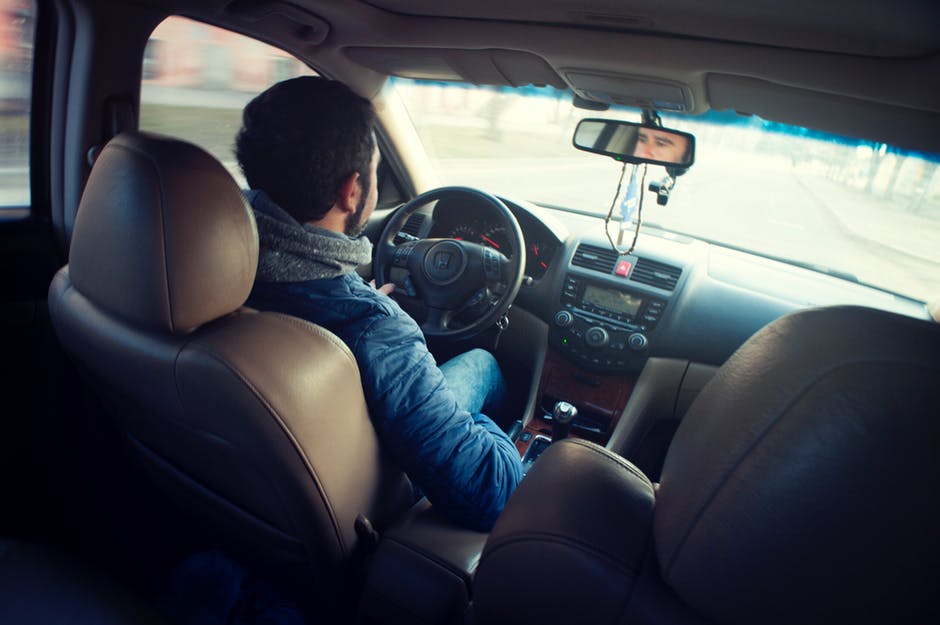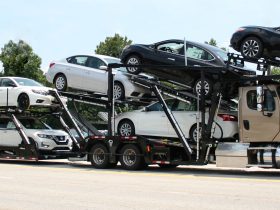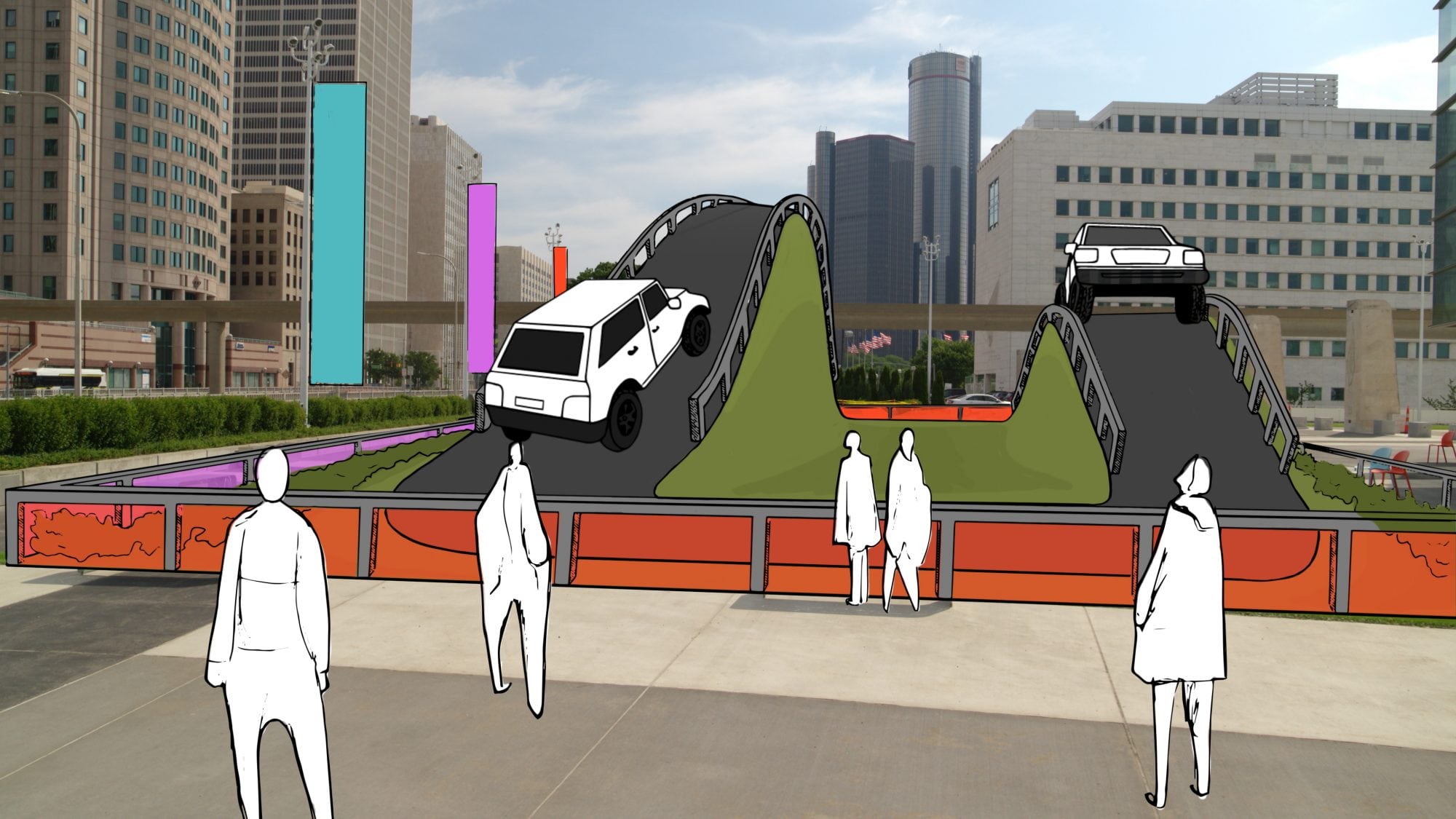Nobody wants to think about the risk of being involved in a car accident, but sadly, collisions are common. In the US alone, there are 6 million accidents per year. In this guide, we’ll discuss some proactive steps you can take to drive down the risk of crashes.
Focus on the road at all times
Distracted driving is one of the most common causes of road accidents in the US. In 2019, more than 3,000 people lost their lives in car crashes that were caused by a failure to focus on the road. When you drive, you have to be alert at all times as the environment can change quickly with no prior warning. At any time, a child could run out into the road, a vehicle in front could stop suddenly, a bike could change lanes and seemingly appear from nowhere, or there could be debris in the road. If you are distracted by the radio, or you’re using your phone, you may not be able to react and take the action required to steer the car out of trouble or stop the vehicle. Keep your eyes on the road at all times. If you need to make a call or send an email, use voice controls or pull over in a safe place and take a short break.
Don’t drive if you are tired
Tiredness has a wide range of effects on the way we feel and how we react to the world around us. When we’re tired, we can become irritable and short-tempered, our reaction times increase and we feel less alert. If you’re driving, you may find that you get angry with other road users or you struggle to react to hazards or maintain concentration. In some cases, people even fall asleep behind the wheel. The consequences of driving tired can be devastating. You could injure yourself, as well as others. You could also be held liable for the crash.
Stick to the speed limit
If you’re a self-confessed petrol head or you love nothing more than putting your foot down on an open road, you may feel like speed restrictions take the joy and exhilaration out of driving. The truth is that restrictions are in place to keep everyone safe. When you drive at high speeds, the risk of severe, life-threatening injuries increases and it becomes harder to keep control of the vehicle and react to hazards. Stick to the speed limits and keep a close eye on the speedometer to make sure that you’re driving at a suitable speed. If you go too fast, and you cause a crash, the other driver may contact a car accident lawyer and you could face legal charges. It is particularly important to regulate your speed if you are driving on narrow or windy roads or the conditions are poor.
Give yourself time to get to your destination
Many of us live our lives at a hundred miles per hour. Some days, it can feel like we’re rushing constantly, and we have endless to-do lists. If you travel for work, or you drive every day to take your kids to school, always ensure that you give yourself enough time to get from A to B. If you’re in a hurry, you will be more likely to make mistakes, you may drive too fast and you may feel stressed. Plan ahead, check your route, look for traffic updates and try to stay as calm as possible.
Take extra care in poor weather conditions
Driving can be challenging at the best of times, but if weather conditions are poor, the risk of crashes and collisions increases. Take extra care if you are driving in snow, heavy rain or strong winds, and reduce your speed if visibility is poor or the roads are icy. Be prepared to stop suddenly, give other vehicles more space and time and keep both hands on the wheel at all times. Clear your windshield fully before driving in snow and make sure your lights are on. If there is a storm forecast, or there is heavy snow expected, consider delaying your journey. Pay attention to advisory notices and keep an eye on the weather channel.
Don’t drink and drive
Many people enjoy a glass of wine or a cold beer, especially at the weekend. Drinking and driving is one of the main causes of fatal car crashes. If you drink, alcohol will affect your ability to drive safely, even if you feel fine. Drinking impairs judgment, it can make you take risks you wouldn’t even consider if you were sober and it can prevent you from reacting to hazards quickly. You may also find that you struggle to focus and stay awake if you have been drinking. The safest thing to do if you’ve had a drink is to take a cab home or use public transport. It is illegal to drive under the influence. If you get behind the wheel, you could cause serious injuries and face legal action.
Give other vehicles space
Most of us have been in a situation where the driver behind has got too close. Tailgating can be intimidating and it can also elevate the risk of accidents. Always make sure that you give the vehicles around you enough space. If you’re too close, and the car in front has to slam the brakes on, you will crash into the back of the vehicle. Keep your distance and increase the space between you and the car in front if it’s wet or the road surface is slippery or icy.







